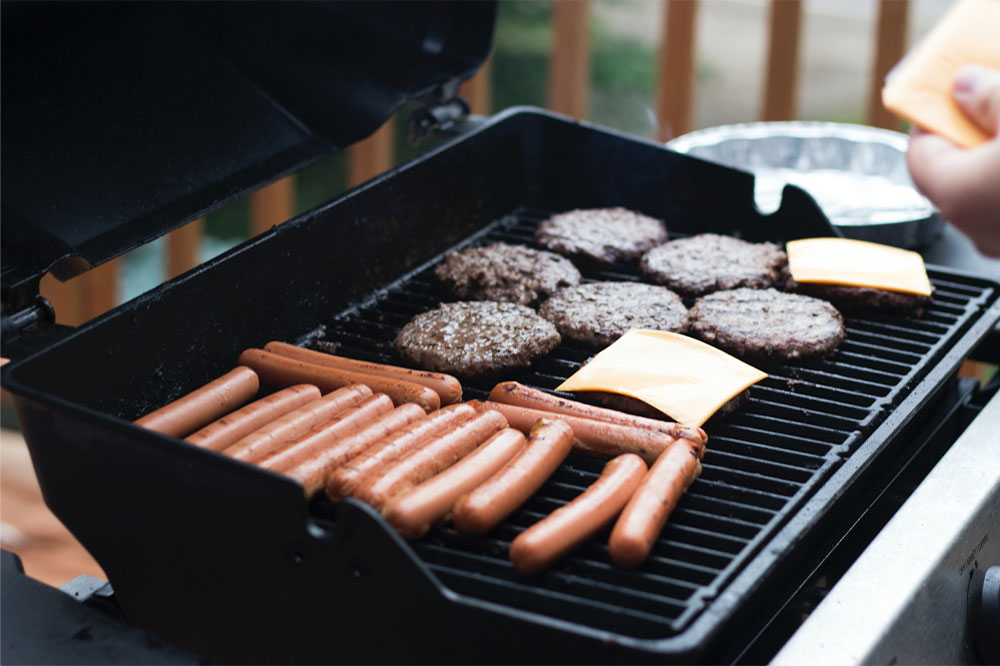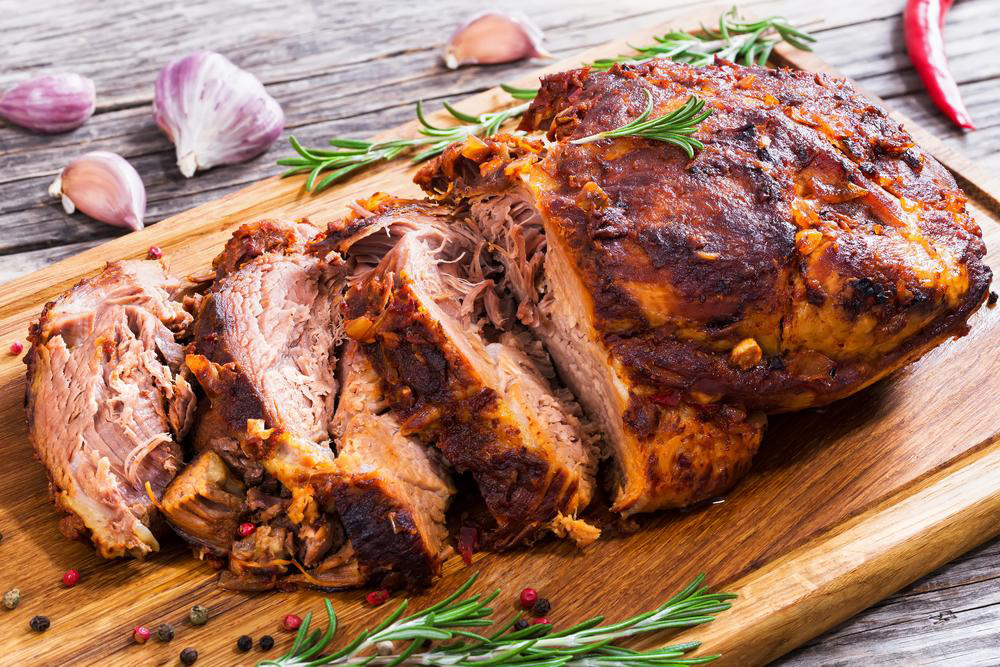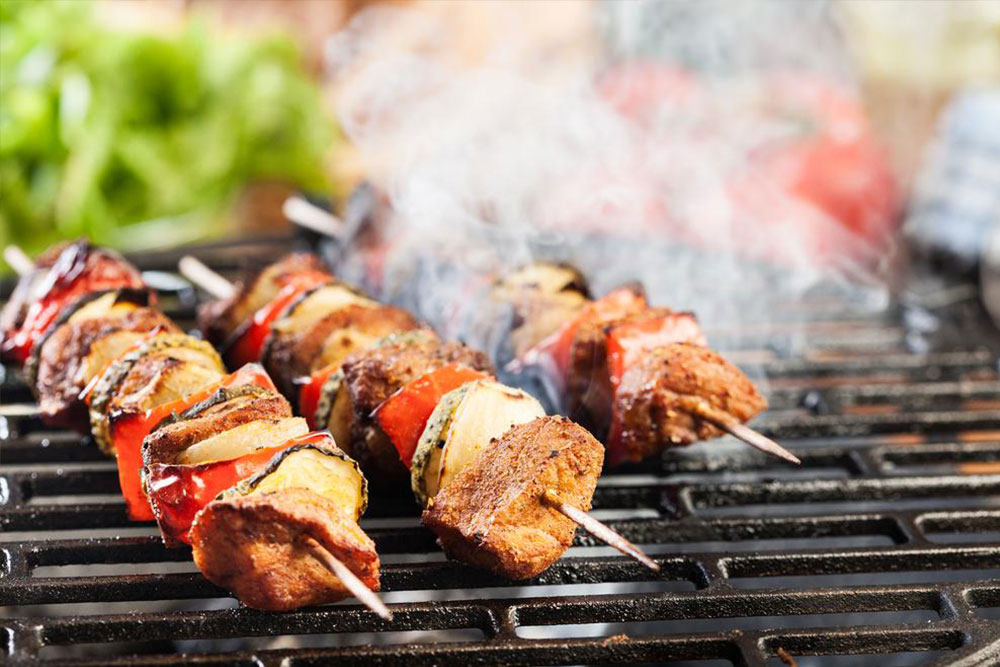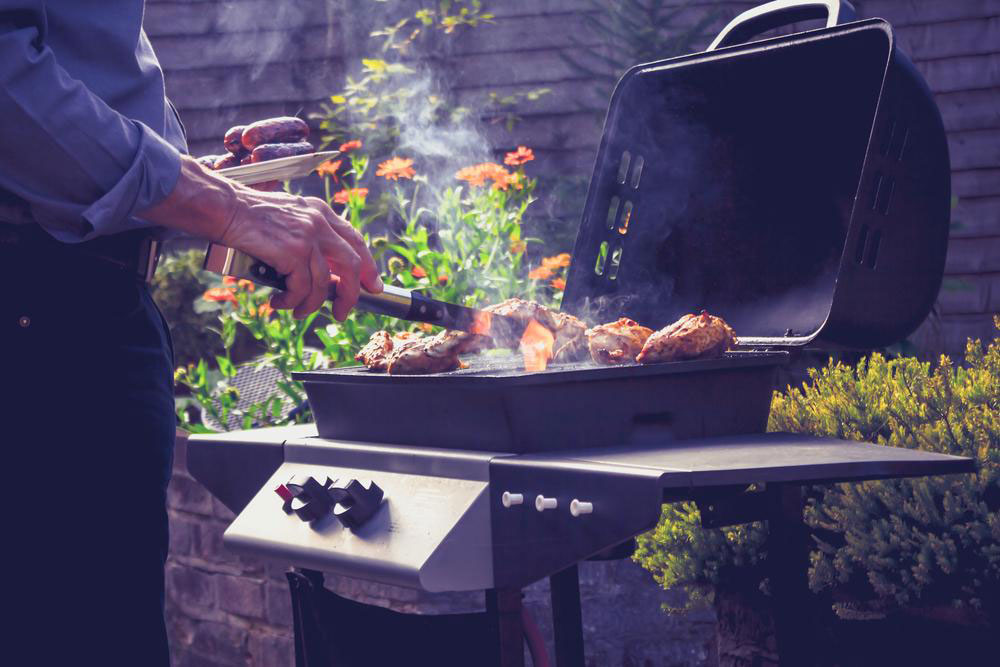The History and Evolution of American Barbecue
Explore the rich history and regional diversity of American barbecue, from its origins in slow-cooking techniques to today's beloved styles across Texas, Memphis, North Carolina, and Kansas City. Learn how cultural influences and local ingredients shaped this iconic dish, making it a central part of American culinary tradition and social gatherings.
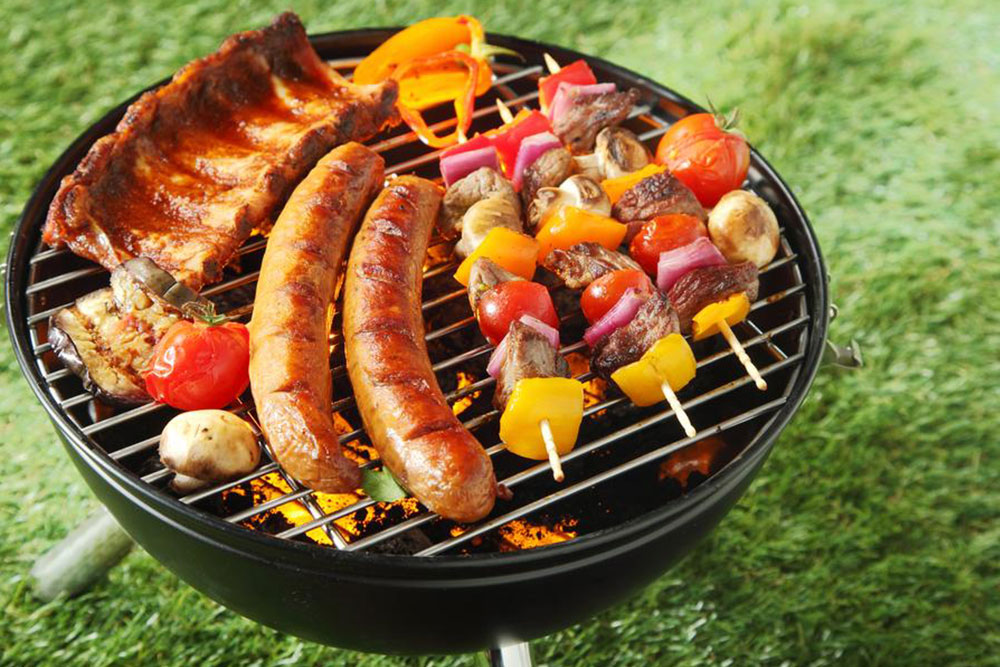
The History and Evolution of American Barbecue
Barbecue has long been a favorite social activity across the United States, with families and friends gathering around outdoor grills and pits in their backyards. Americans enjoy slow-cooked, flavorful meats drenched in rich sauces. True barbecue involves cooking over indirect heat, often with wood fires, for extended periods, sometimes up to 18 hours. This method produces a smoky, juicy flavor profile enhanced by spices and rubs. The term 'barbecue' originates from the Spanish word 'barbacoa,' referring to slow-cooking meat over wooden platforms. Throughout the 20th century, barbecue culture spread nationwide, with regional styles emerging based on local ingredients and traditions.
Southern American barbecue primarily features pork, especially pulled pork and smoked whole hogs, often complemented by cornbread, which thrives in the region's climate. Barbecue became a communal gathering food, ideal for festivals and outdoor events. Different areas have unique styles: Texas favors beef brisket and mesquite grilling; Memphis is known for its sweet, tomato-based pulled pork; North Carolina specializes in vinegar-based whole hog barbeque; and Kansas City is famous for its dry-rub ribs. These regional twists highlight barbecue’s importance as a core element of American culinary heritage — a dish that unites the nation through its rich flavors and traditions.

